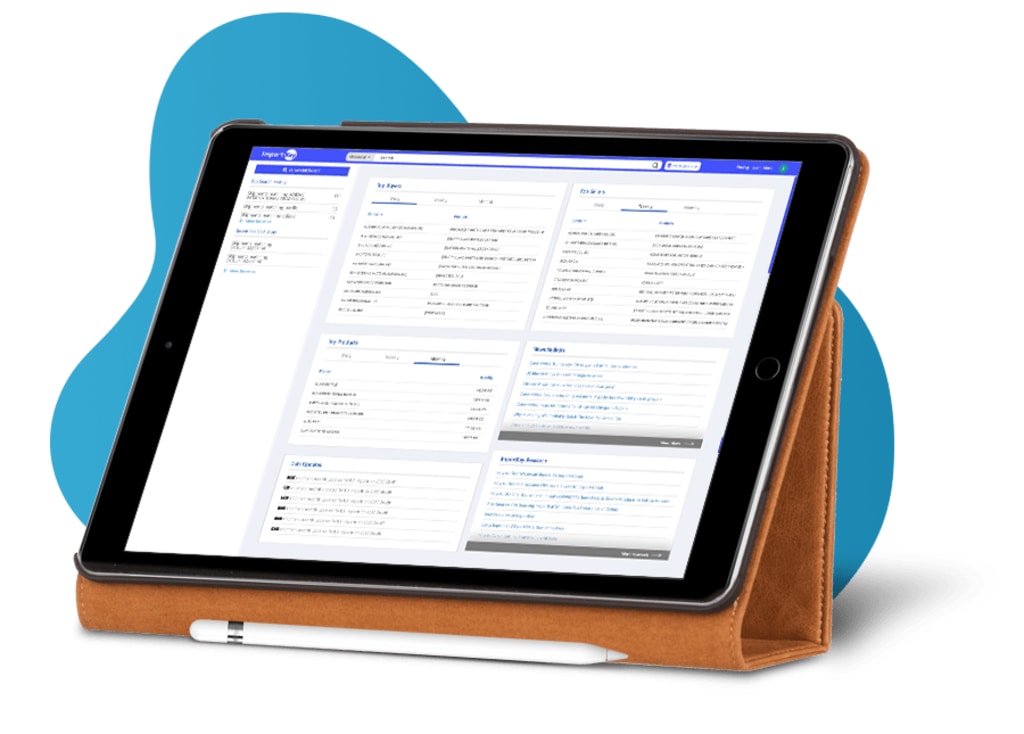
The digitalization of international trade has led to a new phase in globalization. This transformation is being carried out by data flows. There are new avenues to trade, innovation and productivity growth.
Investing In Data Can Boost Trade, Innovation, And Productivity
Data is driving innovation and allowing for new levels of productivity growth. Today, half the world is online. Global internet traffic is expected to grow 127fold between 2005 and 2021. The 5G network's rollout will enable the "internet of things", or IoT, which will allow for a tripled global internet traffic by 2021.
Data mobility is a key enabler of new business models. It also facilitates international collaboration and research. Around 12 percent of global trade in goods is already conducted via international ecommerce. Small businesses have a significant opportunity to participate in international trade. E-commerce gives them an international presence and embedded services like financial payments and logistics support. Online trading is becoming more common for services. This includes professional, financial, retail, education, and information technology (IT). Cloud computing is a new digital service that has been developed. It is now a key business input.
Traditional goods exports also include digital technologies. Data from sensors used in mining and farming equipment can be used to help businesses improve their operations and increase the value of the equipment.
Global data flows like US Trade Data are the backbone of global value chains (GVC), opening up new avenues for international trade. Businesses can use the global internet and data flow to provide their services.
But Data Flow Restrictions Are Growing
As digital technology advances, regulators and governments must decide how to maximize the benefits of going digital while keeping their national regulations intact. Globally, data localization has seen a significant increase.
There are many types of restrictions that can be placed on data flow. There are several types of restrictions on data flows. These include those that prohibit data transfers beyond national borders, measures that permit cross-border transfers but require that a copy be kept domestically and requirements for prior consent before data can transfer overseas. Many data localization measures include restrictions on data flow.
There are many reasons to implement measures that limit data flow and require data to remain localized. Privacy regulations are one reason. Another reason is to stop data flowing to lower privacy protection jurisdictions, as this could lead to a reduction in domestic privacy protections. Data can be required to be located by government agencies for regulatory purposes. These are most prevalent in the financial sector. Financial regulators need to be able to access financial data locally in order to perform their regulatory functions.
Another reason to require data to be locally stored is cybersecurity. This is because data localization reduces the risk of unauthorized access. Data flows restrictions are also used to restrict access to content that can be accessed online. This is usually done on moral, religious, or political grounds. Discover more about Us Customs Data.
A Commitment Of The Wto Supports Digital Trade And Provides Room For Legal Regulation
Trade rules are essential as they enable digital trade as well as as a brake on government regulation that may limit digital trade opportunities. Before the advent of the internet, the World Trade Organization (WTO), was created. However, WTO rules still apply to digital trade. Given the growing scope of services trade, the General Agreement on Trade in Services is especially relevant. WTO members that have committed to allowing the delivery of services must also permit data to flow across borders if necessary for the delivery. Data localization measures that place a burden on foreign suppliers by requiring local presence could be incompatible with the GATS national treat commitment. WTO members could argue that a data localization measure in accordance with the GATS Article XIV exemption provision is necessary to reach an enumerated set of public policy exceptions.
About the Creator
Import Key
There are two types of channels through which Import Export data are collected, namely direct and indirect. Direct means that the goods transported are from one foreign country to another foreign country.






Comments
There are no comments for this story
Be the first to respond and start the conversation.